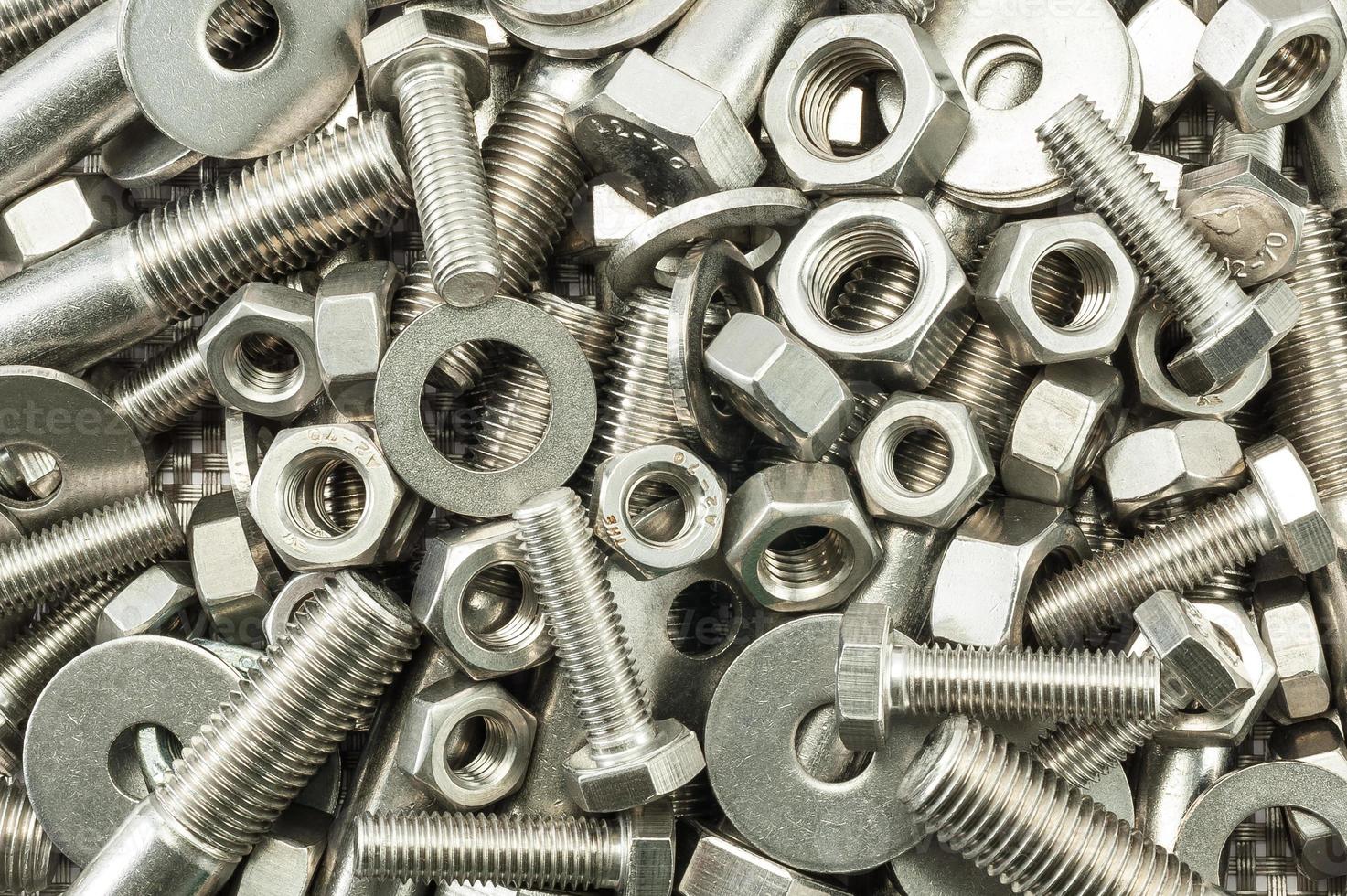Nuts and nuts are often seen as basic items used primarily in building and maintenance, but their potential goes far beyond basic fastening. In fact, with a bit of creativity, these common mechanical tools can be transformed into innovative approaches for a wide range of DIY projects and crafts. Whether you are a experienced handyman or just beginning, understanding the many types and functions of bolts and bolts can greatly expand your capabilities and inspire new ideas.
In this guide, we'll explore ten unexpected ways to use nuts and bolts that you may never have considered. From distinctive home decor to ingenious storage options, the possibilities are truly limitless. We will also touch on the different kinds of bolts and bolts available, including their substances and uses, and provide insights into choosing the right fasteners for your specific project needs. Get ready to dive into the inventive world of bolts and bolts and discover how these simple fasteners can enhance your DIY endeavors.
Understanding Fasteners and Nuts
Fasteners are essential fasteners in numerous fabrication and repair projects, serving to secure items together tightly. A fastener is a long cylindrical rod with a cap at one end and a grooved shaft, while a nut is a six-sided or four-sided object that fits over the grooved end of the fastener. The relationship between these two parts allows for significant strength and resilience in constructed structures, rendering them essential in both industrial construction and everyday applications.
Nuts come in various styles, including standard nuts, lock nuts, and flange nuts, each designed for specific uses. For illustration, lock nuts avoid becoming loose under shaking, while flange nuts provide a larger bearing surface to allocate the load more uniformly. On the other hand, bolts also come in various forms such as hex bolts, carriage bolts, and lag bolts, each suited for particular materials and tasks. Comprehending the particular characteristics of these components is vital for choosing the appropriate parts for your requirements.
When engaging on any task, picking the right fastener and bolt pairing is essential for guaranteeing strength and protection. Considerations such as the substance of the workpieces, the pressure they will hold, and exposure to surrounding conditions must be considered. By capturing https://pichestan.com/ of nuts, bolts, and their various types, you can make wise choices that improve the outcome of your DIY tasks or professional pursuits.
Types and Applications
When considering bolts and nuts, understanding the various types and their individual uses is important for selecting the appropriate fastener for your task. Typical types of bolts include hexagonal bolts, carriage fasteners, and lag screws. Hexagonal bolts are adaptable and typically used in construction projects due to their durability and ability to withstand high loads. Carriage fasteners, characterized by their rounded tops, are often employed in applications involving wood, such as the assembly of furniture, while lag bolts provide excellent holding strength for heavy wooden structures.
Nuts also are available in various styles, each with distinct purposes. Standard nuts are commonly utilized with bolts, whereas locking nuts use a distinct design to prevent loosening due to vibrations, making them perfect for use in automotive and machinery settings. Flanged nuts have a integrated washer for improved load distribution, which is particularly useful in securing parts that face higher stress. Understanding these differences ensures a more efficient assembly in everything from DIY projects to commercial building projects.
Alongside construction and assembly, nuts and bolts play crucial roles in specialized uses. For instance, anchor bolts are essential in securing structures to concrete, making them a staple in foundation work. Specialty and tamper-proof fasteners are more frequently employed in security applications, providing extra safety features in areas like public infrastructure and high-risk environments. By understanding the particular applications of various nuts and bolts, you can ensure your undertakings are not only effective but safe and durable.
Purchasing and Evaluating Fasteners
Regarding purchasing nuts and bolts, grasping what you need is essential. Initially, identify the specific application you have in mind. Whether you are engaged on a DIY assignment at home or a professional construction project, recognizing the required strength and material kind is essential. Reflect on factors such as whether you need corrosion resistance, as this can affect your choice between SS, zinc-plated, or galvanized options.
Evaluating fasteners correctly is a critical step in ensuring appropriateness. Start by measuring the diameter of the bolt or nut, using either a caliper or a measuring tape. It’s also important to consider the thread pitch, which is the distance between the threads. For metric measurements, this is determined in millimeters, whereas imperial fasteners are measured in threads per inch. Grasping these specifications will help you find the right fastener that fits securely in your task.

Lastly, be aware that the finish and grade of the fasteners are just as crucial as their size. Unique projects may require different grades of bolts to align with strength specifications, especially in heavy-duty applications. Don’t neglect quality; investing in well-made fasteners can save you both time and effort in the long run. Always refer to a buying guide to identify the right choices based on your requirements and local availability.
